There is a growing need for effective coaching practices in today’s workplace. This is especially true for organizations that want to improve the performance of their leaders and teams in a narrow time frame and limited budget, boost engagement and improve overall employee wellbeing. Whether it be traditional, digital, or hybrid, coaching practices are very effective in getting results in developing your people. If your organization is considering implementing a coaching program for your people, but you’re having a hard time deciding which path to take, in other words, whether you should adopt internal coaching or external coaching, we have a few points that may help you decide.
Before you make a decision, try asking yourself: At the end of the day, what is the purpose of this coaching program? What outcomes do I expect to get? Since different coaching solutions work better in different situations.
When to opt for Internal Coaching?
Before we can jump to the benefits of internal coaching, let’s clarify what internal coaching means.
Internal coaching is when the coach and the coachees are both members of the same organization. At first, you may think of managers, leaders, or any employee with coaching expertise serving as coaches alongside their role at the organization. And you would be right. But the organization can also have on the payroll professional coaches whose sole duty is to provide coaching to leaders or employees. Both are considered internal coaching.
Internal coaching works wonders when it comes to;
Onboarding: If you’d like your newcomers to adapt to the company and the way you do things, in other words, if you want their onboarding to be quick and easy as possible, internal coaching is the way to go. Internal coaching helps new leaders and managers get acquainted with their roles. They can learn about the company’s values and vision, as well as understand the expectations of their new organization. Internal coaching can also help them align their personal goals with stakeholders’ goals.
Career coaching: Career coaching is a process that helps individuals identify their strengths and potential career paths, as well as the skills they need to acquire or improve upon to progress in their careers. The goal would be to help the coachee achieve their goals within the organization.
Sales coaching: An internal coach would work better when it comes to optimizing performance through guidance and perspective in line with your organization’s sales approach.
Agile coaching: Today, we see more organizations appointing internal agile coaches. Internal coaches have a better understanding of how the individual parts of the company operate and hence, how to develop them. That’s why they might be considered more suitable to lead, accompany, and support agile change.
Why Internal Coaching works better in these scenarios
An internal coach brings the perspective on how things are done in the organization to support the development process.
When to opt for External Coaching?
If the development area you are targeting is not about how things are done in your organization but rather how your people behave, your organization would benefit more from External Coaching. External coaching deals with behavioral changes and is more effective in cases of transformation. For example:
- If you need leaders to be more inclusive or more open to change or to improve their presence etc.
- If the aim is to mentally prepare a talent for a leadership role, or
- If you need to support your employees with issues of well-being
Another option: Equipping your leaders with the coaching toolbox
If you want to spark the fire of coaching throughout your organization and make it part of your culture, you will want your leaders to adopt a coaching mindset when leading their teams. In this scenario, you would provide the necessary training to your leaders and help them develop a coaching skill set so they can;
- Remember to ask questions to understand issues and co-create with their team
- Notice that someone is struggling or has potential for development and make time for one-on-one meetings
- Empower the individual or team to be their own solution instead of giving advice or telling them what to do.
Equipping your leaders with coaching skills allows them to contribute to both the performance and on-the-job development of the employee.
SparkUs can help your organization with either of these solutions; check our solutions pages to learn more.



